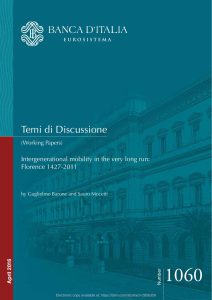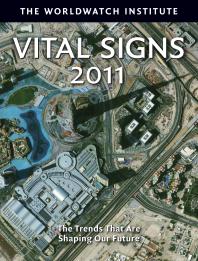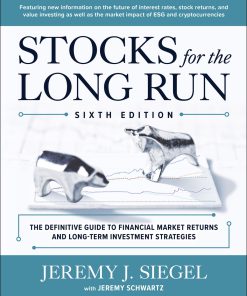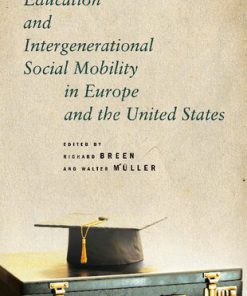Intergenerational Mobility in the Very Long Run Florence 1427 2011 by Guglielmo Barone
$50.00 Original price was: $50.00.$25.00Current price is: $25.00.
Intergenerational Mobility in the Very Long Run Florence 1427 2011 Guglielmo Barone – Ebook Instant Download/Delivery

Product details:
- Author: Guglielmo Barone
In this paper, we investigate the main features of the Italian financial cycle, extracted by means of a structural trend-cycle decomposition of the credit-to-GDP ratio, using annual observations from 1861 to 2011. In order to draw conclusions based on solid historical data, we provide a thorough reconstruction of the key balance sheet time series of Italian banks, considering all the main assets and liabilities over the last 150 years. We come to three main conclusions. First, while there was close correlation between loans and deposits (relative to GDP) until the mid-1970s, over the last 30 years, this link became more tenuous and the volume of loans has increased in relation to deposits. The banks covered this “funding gap” mainly by issuing new debt securities. Second, the Italian financial cycle has a much longer duration than traditional business cycles. Third, taking into account the deviation of the credit-to-GDP ratio from its trend, an acceleration of credit preceded or accompanied a banking crisis in 8 out of the 12 episodes listed by Reinhart and Rogoff (This time is different: eight centuries of financial folly. Princeton University Press, Princeton, 2009). A Logit regression confirms a positive association between the probability of a banking crisis and a previous acceleration of the credit-to-GDP gap. However, there were also periods—such as the early 1970s—in which the growth of the credit-to-GDP ratio was not followed by a banking crisis.
People also search:
intergenerational mobility definition sociology
which of the following is an example of intergenerational mobility
intergenerational mobility is best described as when
upward intergenerational mobility
intergenerational mobility example
You may also like…
Uncategorized
Uncategorized
Vital Signs 2011 1st Edition by The Worldwatch Institute ISBN 1610916719 9781610916714
Romance - Other Romance Categories
Romance - Other Romance Categories
Business & Economics - Investing
Business & Economics
Romance - Other Romance Categories
Fiction - Young Adult
The Long Run 1st Edition by James Acker ISBN 1335428623 978-1335428622












